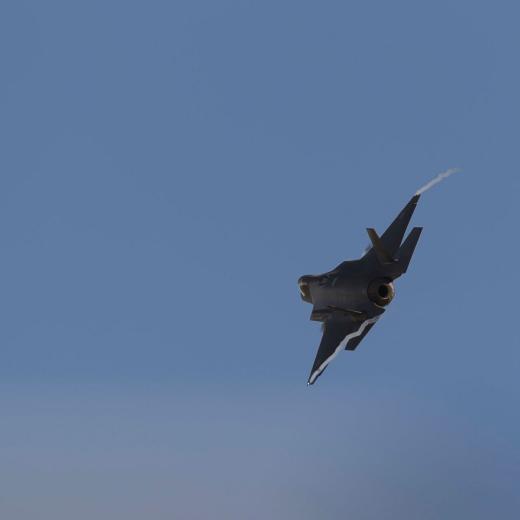BLUF
The sales of the F-35 to twelve countries across the globe has created an international community bringing users of the platform closer together and resulting in a general increase in capability.Summary
This article makes the following points:
- The F-35 program is international. Eight countries invested funds in return for participation in R&D and a share of future work.
- There is value for a nation's economy and industrial base in acquiring the F-35.
- Israel is manufacturing wings, and Japan and Italy have a Final Assembly and Checkout Facility.
- Creating a network of F-35 bases, repair facilities, and a global supply chain should help to support U.S. and coalition forces.
- The operation of a common platform is significant in coalition warfare.
- The ability to customise F-35 sales allows the U.S. to manage the capabilities between countries who operate the F-35 by controlling the software, including the types of weapons the platform can carry.
- The F-35 support network makes it difficult for member countries to engage in conflicts with one another.
- In recent exercises, U.S. F-35s achieved kill ratios in air-to-air combat of 15:1 and can penetrate enemy air defences and strike fixed and mobile targets.
References
- Feb 2021 Prime Minister of Australia NEXT MILESTONES IN AUSTRALIA'S F-35 PROGRAM
- Mar2021 Air Force Magazine Editorial: The Best Fighter in the World
- May 2021 ASPI What’s beyond the F-35 for Australia?
- Jul 2021 DefenseNews The number of major F-35 flaws is shrinking, but the Pentagon is keeping details of the problems under wraps
- Jul2021 CNN Neutral Switzerland plans to buy dozens of US F-35 fighter jets
- Oct 2021 Politico U.S. plans to sell 50 F-35 fighter jets to the UAE after accord with Israel
RAAF RUNWAY: RATIONALE, GUIDELINES, LEARNING OUTCOMES, ETC |





